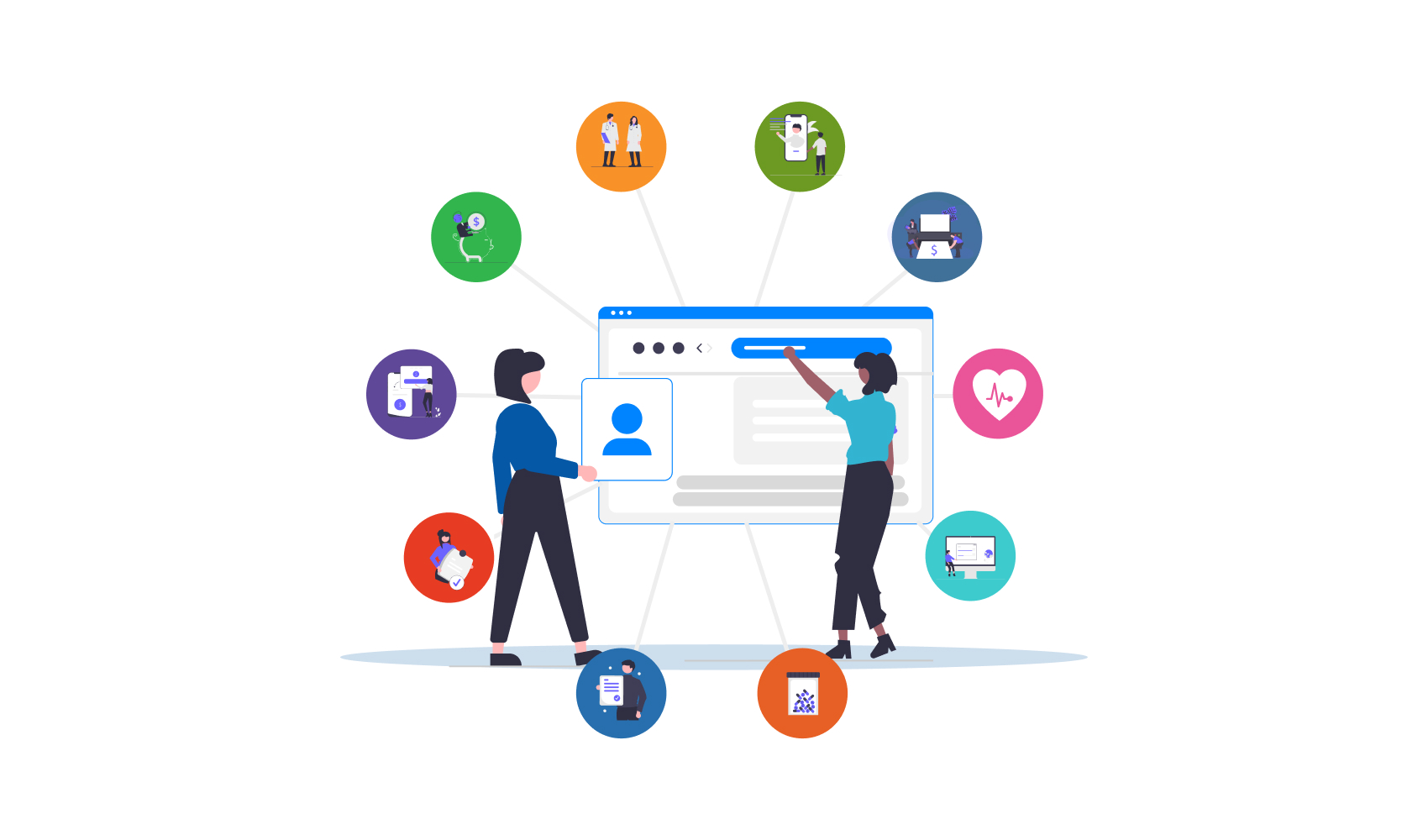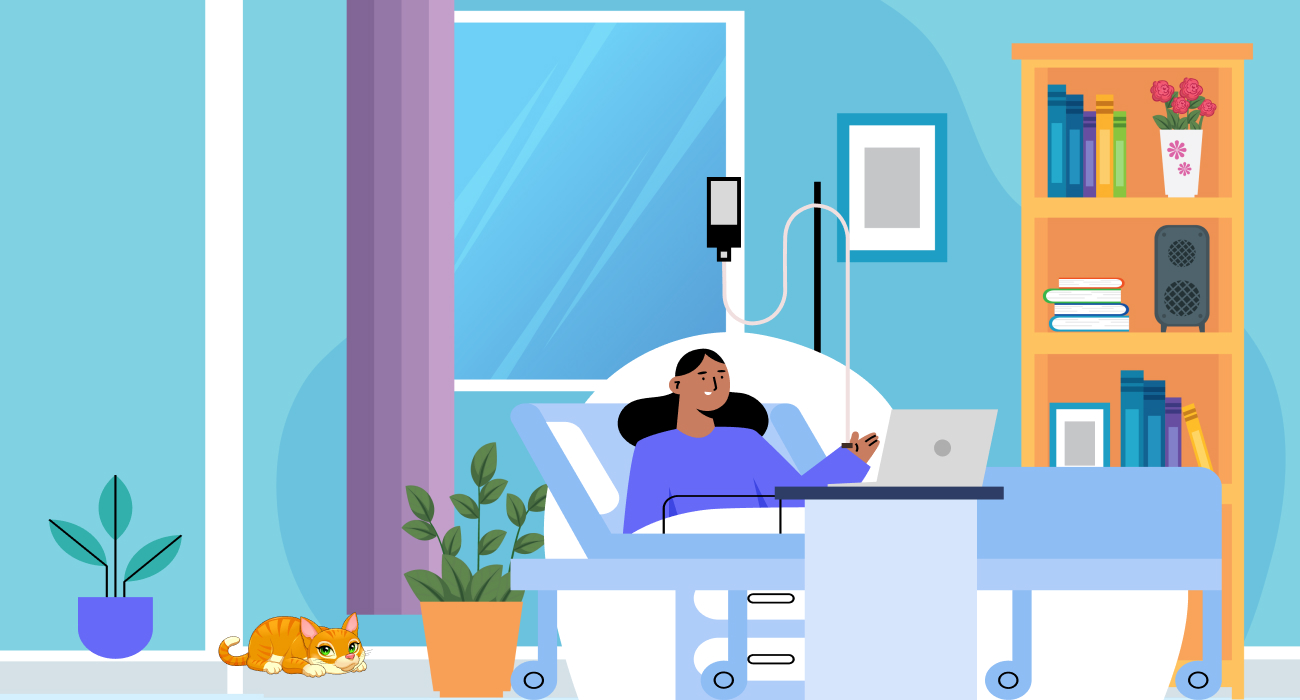· 5 min read
Revolutionizing Healthcare with Low-Code/No-Code Solutions
Introduction
The healthcare landscape is evolving towards continuous health monitoring, driven by innovations in AI, remote patient monitoring (RPM), and cloud-based digital health platforms. As home-based care models like Continuous Outpatient Care at Home (COCaH) and Continuous Ambulatory Care at Home (CACaH) gain traction, the right technology infrastructure is crucial for scaling these models efficiently.
COCaH focuses on long-term, proactive patient monitoring in home settings, while CACaH emphasizes real-time, ambulatory patient care with seamless transitions between home and clinical environments.
Instead of relying on costly custom-built electronic health record (EHR) systems, healthcare organizations can leverage existing enterprise-grade platforms like Microsoft 365 and Google Workspace to implement low-code/no-code (LCAPs), scalable, and cost-effective solutions for continuous health monitoring.
According to Globenewswire, the telemedicine industry is projected to reach USD 185.66 billion by 2026, indicating its lasting impact on healthcare.
This blog explores how low-code/no-code platforms revolutionize healthcare technology by leveraging existing cloud ecosystems to ensure security, compliance, and efficiency—offering a streamlined alternative to traditional, heavy electronic health record (EHR) systems.
What You Can Achieve
- Faster Development: Deploy applications in weeks, not months. Low-code application platforms (LCAPs) enable rapid development and maintenance of applications by utilizing model-driven tools across the entire technology stack, incorporating generative AI, and offering prebuilt components, applets, and ready-to-use templates
- Scalable Solutions: Meet the growing needs of your organization without limitations.
- Cost Efficiency: Reduce IT costs with a low-code/no-code platform that does more with less and by maximizing existing cloud tools.
- Seamless Integration: Easily connect with existing collaboration, storage, and communication tools, while enabling interoperability with external applications and EHR systems for secure data exchange.
- Improved Collaboration: Enable care teams to work efficiently within a unified ecosystem
Key Technology Pillars for Continuous Health Monitoring
1. Remote Patient Monitoring (RPM) and AI-Driven Insights
- Wearable health sensors (continuous glucose monitors, ECG patches, smartwatches, BP monitors)
- AI algorithms for early detection of anomalies and predictive alerts
- Real-time health data streaming to cloud-based dashboards for care teams
2. Cloud-Based Data Management and Integration
- Secure FHIR-based APIs for EHR and RPM data interoperability
- Cloud-hosted health data lakes for big data analysis and AI-driven insights
- Edge computing for low-latency patient data processing
3. Telehealth and Virtual Consultation Platforms
- AI-powered virtual triage and telemedicine consultations
- HIPAA-compliant video conferencing and real-time patient engagement tools
- Smart documentation automation using AI-generated consultation notes
4. AI-Augmented Care Coordination
- Task automation for nurses, home care providers, and telehealth physicians
- Chatbots for medication reminders, symptom triage, and patient support
- Predictive analytics for personalized, proactive interventions
5. Secure and Compliant IT Infrastructure
- End-to-end encryption for patient data security
- Compliance with HIPAA, GDPR, and HITRUST standards
- Multi-factor authentication (MFA) and role-based access control (RBAC)
Leveraging Microsoft 365 and Google Workspace for Scalable, Low-Code/No-Code COCaH/CACaH Implementation
Rather than building custom health IT systems from the ground up, organizations can harness the power of Microsoft 365 and Google Workspace to create scalable, cloud-native healthcare solutions with minimal coding. These platforms offer built-in security, compliance, and collaboration tools, reducing the need for expensive software development and infrastructure. By leveraging low-code/no-code capabilities, healthcare providers can streamline operations, enhance patient engagement, and ensure seamless data exchange—facilitating efficient COCaH and CACaH implementations.
Comparison of Microsoft 365 vs. Google Workspace for Healthcare IT
| Feature | Microsoft 365 | Google Workspace |
|---|---|---|
| Productivity Suite | Teams, OneDrive, SharePoint | Gmail, Google Drive, Docs |
| Low-Code Development | Power Apps, Power Automate | AppSheet, Apps Script |
| AI & Data Analytics | Azure AI, Power BI | Google AI, BigQuery |
| Telehealth | Microsoft Teams (HIPAA-compliant) | Google Meet (HIPAA-compliant) |
| EHR Integration | FHIR API connectors | Google Cloud Healthcare API |
| Compliance | HIPAA, HITRUST, FedRAMP | HIPAA, HITRUST, FedRAMP |
Key Benefits of Using Office 365 or Google Workspace
- Rapid Deployment – No need to build from scratch; deploy telehealth, data sharing, and RPM integrations quickly.
- Cost-Effective – Subscription-based model reduces IT infrastructure costs.
- Low-Code Customization – Power Apps (Microsoft) and AppSheet (Google) allow non-developers to create healthcare workflows.
- AI & Automation – Azure AI and Google AI streamline RPM alerts, patient triage, and documentation.
- Seamless Integration – Native support for EHR interoperability and cloud storage compliance.
Future Outlook: Scaling COCaH/CACaH with Cloud-First Healthcare IT
By leveraging AI, cloud computing, and low-code development tools, continuous health monitoring will become more proactive, predictive, and patient-centric.
Steps to Implement a Scalable COCaH/CACaH Model:
- Deploy cloud-based remote monitoring infrastructure using wearable data and AI-driven alerts.
- Use Microsoft 365 or Google Workspace for document management, telehealth, and care coordination.
- Leverage low-code automation with Power Apps or AppSheet to streamline administrative tasks and reduce provider burden.
- Ensure compliance and security by integrating HIPAA-compliant cloud services.
- Scale AI-driven analytics to enhance early disease detection and personalized care interventions.
Conclusion
The future of healthcare is shifting from hospital-centric models to continuous, AI-driven health monitoring at home. By leveraging cloud-native platforms like Microsoft 365 and Google Workspace, healthcare organizations can deploy scalable, low-code solutions for COCaH/CACaH without the burden of building costly custom systems.
By integrating remote monitoring, telehealth, AI-driven analytics, and seamless data interoperability, continuous health monitoring will drive better patient outcomes, reduced hospital admissions, and cost-effective value-based care.
Key Takeaways:
- Continuous health monitoring is the next step in proactive, home-based care models like COCaH/CACaH.
- AI-driven insights and remote patient monitoring enhance early intervention and chronic disease management.
- Cloud-native platforms (Microsoft 365, Google Workspace) offer scalable, cost-effective healthcare IT solutions.
- Low-code automation (Power Apps, AppSheet) simplifies care coordination, reducing provider workload.
- Secure, compliant cloud infrastructure ensures data privacy while enabling real-time health insights.
The future of healthcare is proactive, technology-driven, and centered around continuous, patient-centric monitoring. 🚀


